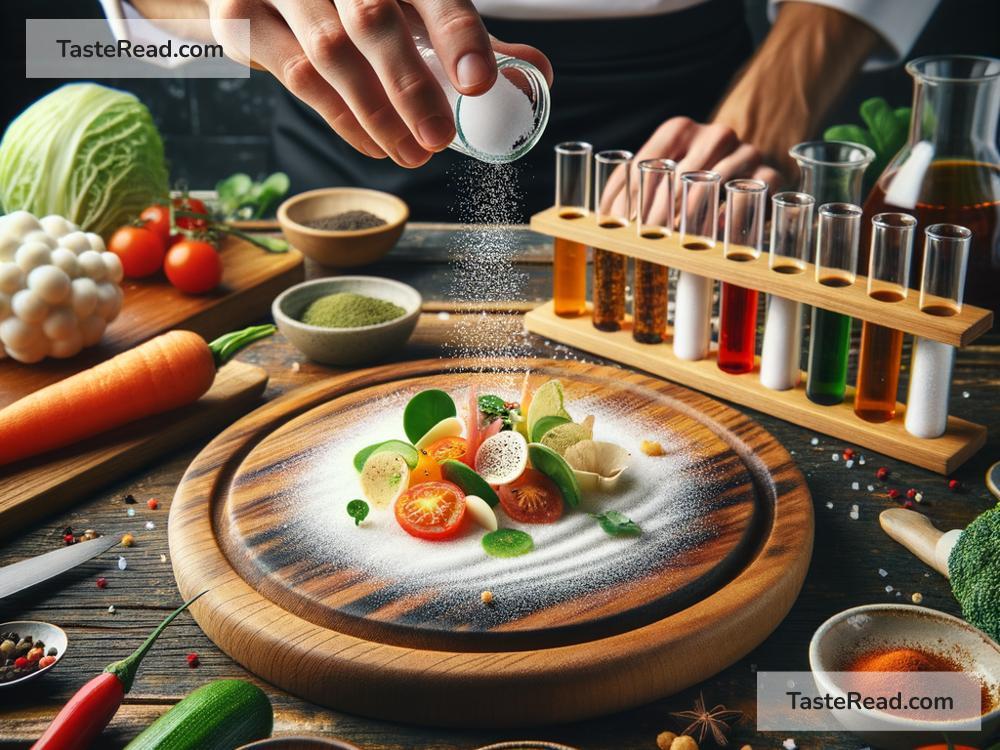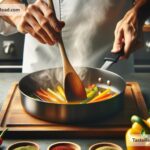The Science of Cooking with Chemical Nerve: Techniques and Tips
Cooking is not just an art—it’s a science. Behind every delicious dish lies chemistry, physics, and biology working together to create something magical. Understanding the science behind cooking can help you unlock new techniques, improve flavors, and expand your skills in the kitchen. In this blog, we’ll explore the idea of “cooking with chemical nerve”—cooking with confidence by using scientific principles—and share tips to make your dishes even better.
What Does “Chemical Nerve” Mean?
When we talk about “chemical nerve” in cooking, we mean embracing the science behind food preparation in a bold and confident way. Cooking doesn’t have to be a guessing game. By understanding how heat, molecules, and reactions work, you can make smarter choices in the kitchen. Using knowledge of chemistry (the study of matter and how it interacts) can turn simple ingredients into amazing dishes.
The Chemistry of Heat: Why Cooking Changes Food
Heat transforms food in incredible ways. Let’s break down a few key processes:
1. The Maillard Reaction: Why Food Tastes Better When You Sear It
When you cook meat, bread, or vegetables at high temperatures, something magical happens—the surface turns brown and develops a rich, savory flavor. This is called the Maillard reaction. It occurs when proteins and sugars in the food interact in the presence of heat to form hundreds of new flavor molecules.
How to apply it:
– Sear meats over high heat before slow-cooking or roasting. A caramelized crust locks in flavor.
– Toast nuts and seeds to enhance their aroma.
– Brown your bread or pizza dough for those irresistible golden edges.
2. Boiling, Steaming, and Poaching: The Role of Water
Water plays a critical role in cooking. Boiling, steaming, and poaching are techniques that use water to transfer heat to food gently. When you boil pasta or steam vegetables, the water molecules vibrate and cook the food evenly without drying it out.
How to apply it:
– Use salted water when boiling pasta to improve its flavor.
– Steam vegetables instead of boiling them to retain more nutrients and keep them crisp.
– Poach delicate foods like eggs or fish in simmering liquid to prevent overcooking.
3. Caramelization: Sweet Science at Its Best
Caramelization happens when the natural sugars in food break down under heat. Think of the golden crust on an apple pie or the sweetness of roasted onions. This process adds depth and complexity to your dishes.
How to apply it:
– Roast fruits like apples or peaches to intensify their sweetness.
– Add a pinch of sugar when browning vegetables for caramelization-enhanced flavor.
– Make caramel sauces for desserts or pair caramelized onions with savory dishes.
The Physics of Cooking: Temperature and Texture
Temperature affects the texture, juiciness, and tenderness of food. Understanding these principles means you won’t undercook or overcook your meals.
1. Low and Slow Cooking
Cooking food at lower temperatures for longer periods helps break down tough connective tissues in meats, making them tender and flavorful. Think of slow-cooked stews or pulled pork.
How to apply it:
– Use a slow cooker or oven for recipes like brisket or lamb shanks.
– Add acidic ingredients like vinegar or tomatoes to help break down proteins during slow cooking.
2. High-Heat, Fast Cooking
High heat can seal in juices and create crispy textures. Stir-frying and grilling rely on quick, hot cooking.
How to apply it:
– Prepare your ingredients ahead of time for stir-frying to avoid overcooking.
– Use a meat thermometer when grilling to nail the perfect doneness.
3. Freezing: The Science of Ice Crystals
Freezing preserves food by slowing down chemical reactions and halting bacterial growth. It also affects the texture of certain foods. For instance, ice cream stays creamy because it’s churned while freezing, which prevents large ice crystals from forming.
How to apply it:
– Freeze leftover herbs in olive oil in an ice cube tray for easy cooking later.
– Flash-freeze fruits like berries to preserve their shape and flavor.
Food Chemistry Tips: Seasoning, Acids, and Enzymes
1. Season Smartly with Salt
Salt isn’t just for flavor—it enhances other tastes and interacts with food molecules. For example, sprinkling salt on cucumbers draws out water, making them crunchier.
2. The Power of Acids
Acidic ingredients like lemon juice, vinegar, or buttermilk break down proteins and tenderize food. They can also brighten flavors and balance richness.
How to apply it:
– Marinate meat in yogurt or citrus-based marinades for tender results.
– Add a splash of vinegar to soups to enhance flavor depth.
3. Enzymes for Better Cooking
Enzymes are natural proteins that speed up chemical reactions in food. For example, bromelain enzymes in pineapple can tenderize meat.
How to apply it:
– Use fruits like papaya or kiwi in marinades to soften tough cuts of meat.
– Don’t over-marinate—enzymes can break food down too much if left for long.
Final Thoughts
Cooking with “chemical nerve” is not about making the process complicated—it’s about using science to improve your confidence in the kitchen. You don’t need a lab coat or fancy equipment. Armed with a basic understanding of heat, physics, and food chemistry, you can elevate your cooking and make better choices.
Cooking isn’t trial-and-error—it’s mastering how food behaves. So, the next time you’re in your kitchen, think about the Maillard reaction while browning meat, consider water’s role while steaming veggies, or remember how acids can brighten a sauce. You’ll be amazed at how science transforms simple ingredients into extraordinary meals. Happy cooking!


